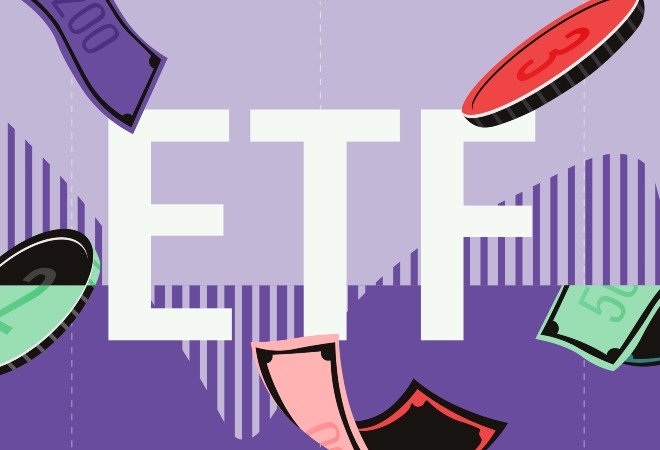Read more on ethical and sustainable investing in Morningstar's Ethical Investing Week 2013.
The latest spike in food prices seems to be following an increasingly familiar pattern. In 2008, a spike in the price of many of the world’s agricultural staples triggered riots across the developing world as the UN admitted that more than a billion people were hungry. In 2010, failed crops and an export embargo in Russia sent cereal prices spiralling again. This year, the blame is being attached to America’s worst drought in half a century and environmental “food for fuel” legislation that ensures the bio-fuels industry eats first. The short term drivers might be different on each occasion but the results are the same: the global food supply is now highly susceptible to shocks.
Notably, unlike four years ago, when there appeared to be a significant speculative element to the price rises, today’s crisis appears to be a genuine supply problem.
The rise in corn and soya bean prices is particularly damaging because both items are the main ingredients in animal feed for cattle, pigs and chicken, meaning a very high likelihood of follow-through price rises for meat and meat products. This explains why US livestock and poultry producers have been at the forefront in demanding that the US Environmental Protection Agency suspends the Renewable Fuel Standard - the congressional mandate that requires more than 13 billion gallons of corn oil to be used in transportation fuel in 2012.

The recent rise in agricultural commodity prices could not be occurring at a worse time for the global economy with the eurozone sovereign debt crisis still in full flow, China slowing down and the US outlook looking increasingly uncertain. The biggest direct negative effect of higher food prices is on consumers, particularly in emerging markets. As consumers are forced to spend more on food items, discretionary spending is reduced in other areas, creating negative knock-on demand effects for other industries.
Commentators regularly talk about ‘energy politics’ when discussing oil resources. In the 2008 food crisis, the economics (and politics) of food took on huge importance, becoming an issue that became more socially and politically sensitive than oil, at least for a short time. The social unrest caused by the these price spikes lives long in the memory of many governments, especially those of developing countries where food makes up a far larger part of total spending. For example, in the US, food has a 14% weighting in the CPI basket. In China, the figure is a whopping 33%. Food inflation, therefore, quickly manifests itself in overall inflation in developing economies, raising the political stakes and potentially leading to de-stabilising unrest.
The World Bank estimates that demand for food will rise by 50% by 2030, largely as a result of population growth, rising affluence and changing diets. The population of the world is growing at around 1% per year. It might not sound much, but it means an additional 70 million mouths to feed every single year. The overwhelming catalyst for this population growth is coming from the developing world.
Economic growth and rising affluence in developing countries, such as China, India and Brazil, is allowing huge numbers of people to improve their diets by adding more protein, namely meat and dairy products, which is pushing up the prices of these items. For example, we have been seeing sustained increases in demand from Asia and the Middle East for beef and lamb.
The demand for more protein has a significant knock-on impact on grain demand. Livestock is reared on grain-feed, making production heavily resource intensive. Indeed, it takes 7 kilograms of grain to produce just 1 kilogram of meat. As demand for meat rises, this increases the demand for and prices of feedstock - these increased costs of productions flow back to the consumers in the form of higher meat prices. Adding to the upward pressure on feedstock price and much to the dislike of livestock farmers, have been US environmental regulations (the Renewable Fuel Standard) that require a proportion of corn crops be used for the production of bio-fuel.
Which Stocks Will Benefit?
Mosaic (MOS) is a US producer of concentrated phosphate and potash, with global operations in South America, India, Thailand and China. Recently, the company reported Q2 2012 earnings that significantly beat consensus estimates on the back of higher revenue. In addition, Mosaic announced a doubling of its dividend to provide an attractive yield of about 1.8%.
Uralkali (URKA) is a Russian potash fertiliser company that operates at a low industry cost that is taking market share and delivering attractive earnings growth. The company’s deal with Silvinit made it one of the world’s largest potash producers.
Another direct beneficiary of increased fertiliser demand is Industries Qatar (IQCD). A large Qatari firm with diverse interests, including fertiliser production, the company benefits from the key cost advantage of access to abundant natural gas reserves.
Rising incomes and the expansion of the middle class in fast–growing emerging economies is causing structural changes in diets as consumers move from generally healthy, low calorie diets that are high in grains and vegetables to higher-calorie, western style diets that tend to contain more meat and dairy. A good example of a stock that derives strength from themes of changing consumer habits and increasing wealth in emerging markets is Shenguan Holdings (S2N), China’s dominant sausage casing manufacturer.
Lastly, one might expect supermarkets to lose out from higher food prices. However, those with significant buying power and leading market positions, such as ![]() Tesco (TSCO), have the ability to pass on more of the price rises to consumers.
Tesco (TSCO), have the ability to pass on more of the price rises to consumers.




























